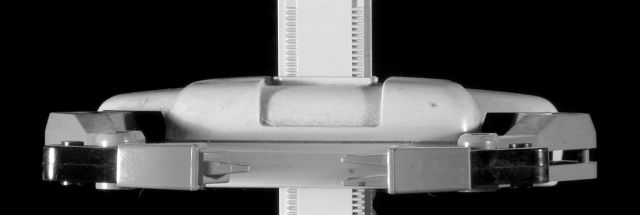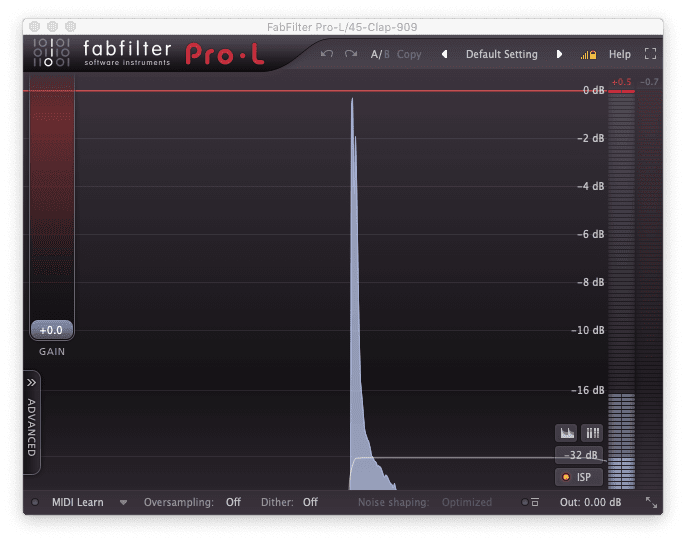

You can imagine this is sort of like trying to measure someone’s height using a measuring tape that only displays feet: sometimes you’ll need to round up to the nearest foot, other times you’ll need to round down. Sometimes the analog level will be a little above the closest digital value, while other times it will be below. When we try to measure an infinitely variable analog source (our audio) using a finite number of digital values (those ones and zeros), there are bound to be some errors.

In a nutshell, the problem is one of amplitude resolution, or how accurately we can measure the level of a signal using ones and zeros. What the heck is dither even doing?ĭither is the solution to one of the fundamental problems in digital audio, so if we want to understand what it’s doing, we first need to understand the problem.
#AAMS MASTERING TOO QUIET FREE#
If you’re curious as to why I’ve made these recommendations, or how it is that dither can actually improve the dynamic range of a signal, let’s keep going! I promise I’ll keep things to the point and free of math. If you’re reducing to 16 bits (or less), a low to medium dither level with some noise shaping is probably best. If you’re reducing to 24 bits, the type and strength of dither almost don’t matter. Ready? Here it is:Īpply dither any time you reduce bit depth. Ok, you Googled “how do I dither audio” (or something to that effect) and just want the straight, simple answer.

It's noise added to a signal when changing bit depth to make quantization distortion less noticeable.


 0 kommentar(er)
0 kommentar(er)
